COVID upended life as we knew it, tethering us to home and hearth as we had never been. While nature regenerated itself, we woke up to the importance of the outdoors in our daily life. Now, many of us are still working from home and missing the time that we spent outdoors. Reason enough to want to bring the outdoors inside and re-embrace biophilic design.
Edward Wilson, in his 1984 book Biophilia, wrote that humans have a natural, evolutionary tendency to affiliate with the natural world and suggested that human beings “subconsciously seek a deeper connection to all that is alive and natural”.
Nature-inspired design is nothing new, but it has re-emerged strongly post-pandemic as more of us look for natural surrounds. “Biophilic design becomes even more important in the post-COVID world as it ushers parts of the natural world into our buildings and brings home the healing powers of nature,” says Sonali Desai, a Vadodara-based architect. The designer adds that it makes way for more natural light to illuminate indoor spaces, allows us to partake of views of nature, plants, and animals from our windows, and incorporates natural patterns, textures, and materials into a building’s overall structure. “Essentially, this kind of design increases our connection to the natural world, promoting health, happiness, harmony, and productivity,” she adds.
In 2008, Stephen R. Kellert, explained biophilic design in his book Biophilic Design: The Theory, Science, and Practice of Bringing Buildings to Life as “an approach that fosters beneficial contact between people and nature in modern buildings and landscapes”.
Since then, biophilic design, which incorporates natural materials and light, vegetation, views of nature, and other connections to nature into the modern built environment, has become one of the enduring trends in interior design. But why is the design philosophy — supported by award-winning documentary Biophilic Designs: The Architecture of Life — such a strong need in today’s times?
The average person spends close to 90% of their time indoors, at home and work, according to the U.S. Environment Protection Agency. A 2009 study by the International Journal of Environmental Research and Public Health reveals that human-constructed spaces entirely divorced from the natural world can act as a ‘discord’ with potentially damaging psychological and even physical health effects.
Here’s how you can make biophilic design a part of your rooms and spaces:
Use plants as a design element
The easiest way to create a biophilic space is to bring in plants. A variety of indoor plants are available — palms, snake plant, anthurium, monstera, spider plant, devil’s ivy, bamboo, and weeping fig. If you think you’re lacking a green thumb, pothos (commonly known as the money plant and considered to bring good fortune) is available in a range of variegations and is said to be ‘hard to kill’. Place low-maintenance plants on your desk and tables, add potted herbs to the kitchen window or verandah, and line the staircase with potted plants.
Plant parents can download specific apps such as PlantNet, PlantParent, Florish, and Blossom that make nurturing their green babies easer. “The Planta app has helped me keep my plants alive. It helps manage watering, fertilising, and repotting schedules, depending variables such where they’re placed, the light they get, the weather, and more,” says Sakshi Mahapatra, a Delhi-based marketing executive.
Decorate with natural elements
Create an immediate connection to nature by using natural shapes, patterns, and materials across the home. Materials such as wood, stone, bamboo, jute, leather, and natural fabrics can create warmth, texture, and interest in a subtle way. Opt for natural shapes such as arches and vaults, curved furniture, distressed shelves, and décor elements such as shells, pebbles, and driftwood.
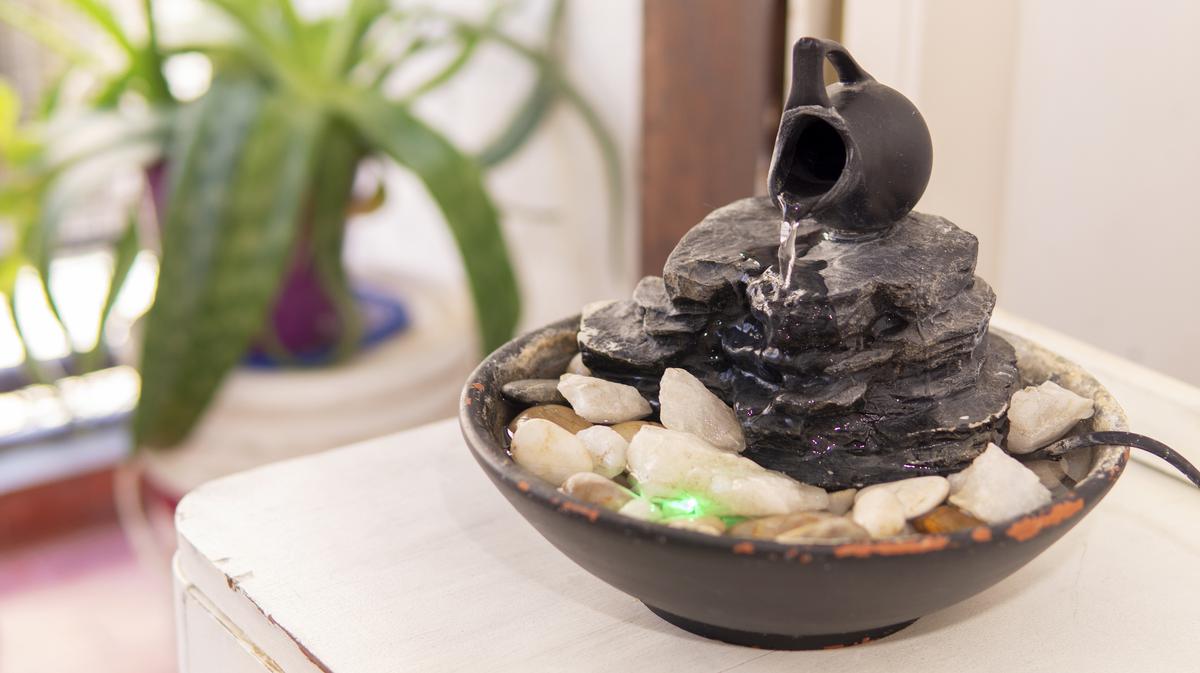
“Include water in your home in some way — it could be a small fountain that recycles water through the day, creating the natural pitter-patter or raindrops, or an urli strewn with flowers and petals,” Desai suggests. “If you don’t want to buy fresh flowers routinely, dried flowers can work really well. Also, make your own potpourri with pinecones, dried petals and leaves, and oven-dried slices of lemons and oranges,” she adds.
Work with the colour green
The favourite colour of every third person in the world may be blue, but green scores in interior décor on account of its versatility. It is available in a variety of shades, tones and hues; and can be dressed up or down when paired with a variety of colours. Be it soft celery, deep forest, hunter or sage, the world of green is huge, calming, and refreshing.
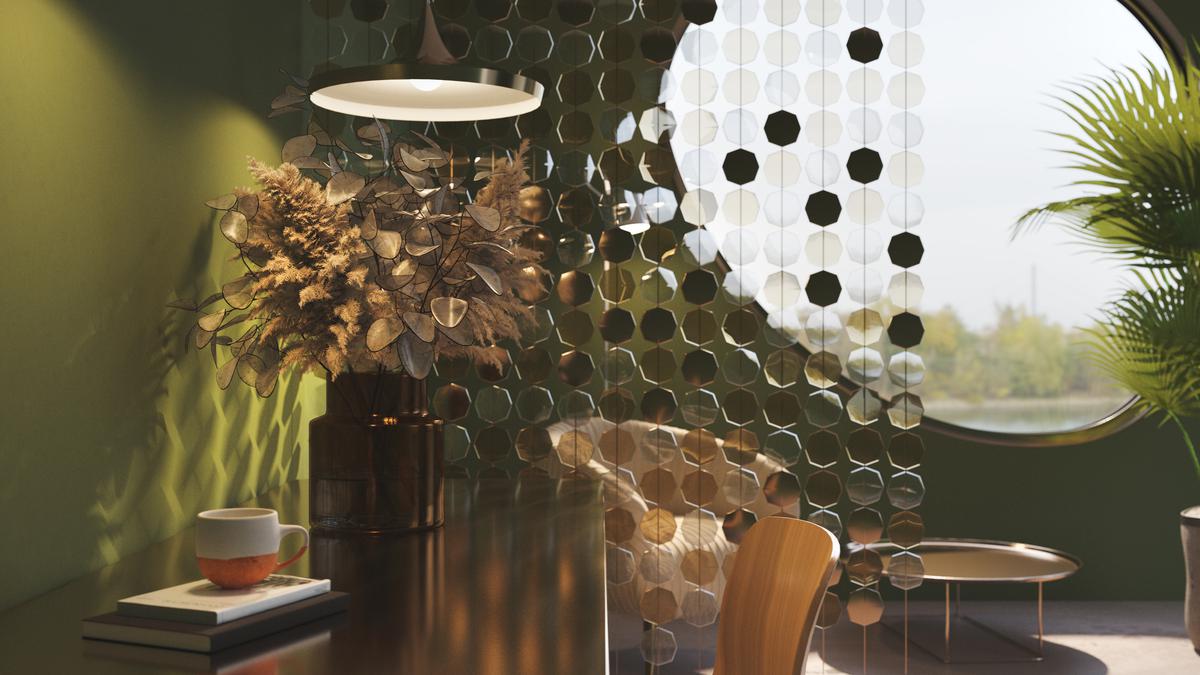
Considered a healing colour, green is said to bring peace of mind, balance circulation, and promote regular breathing. “The more blue-based a light shade of green, the more refreshing it becomes. Choose olive tones for a cozy and rustic feel, lime and chartreuse for energy, blue-greens for a cool and calming space, and vibrant grass-greens to add a refreshing touch,” suggests Mumbai-based designer Sagar Dutt.
Foster the indoor-outdoor connection
Connect the indoor and outdoor living areas — with French windows, sliding doors, verandahs, patios, and balconies — to create an easy flow between your home and nature. If you live in a place with a view, adding around-the-corner or picture windows can be an easy trick to maximising your alliance with nature. Opening up an entire side of your home with floor-to-ceiling glass doors may seem high impact, but works really well in the right climate. Use the same flooring material indoors and all the way out to create a seamless flow.
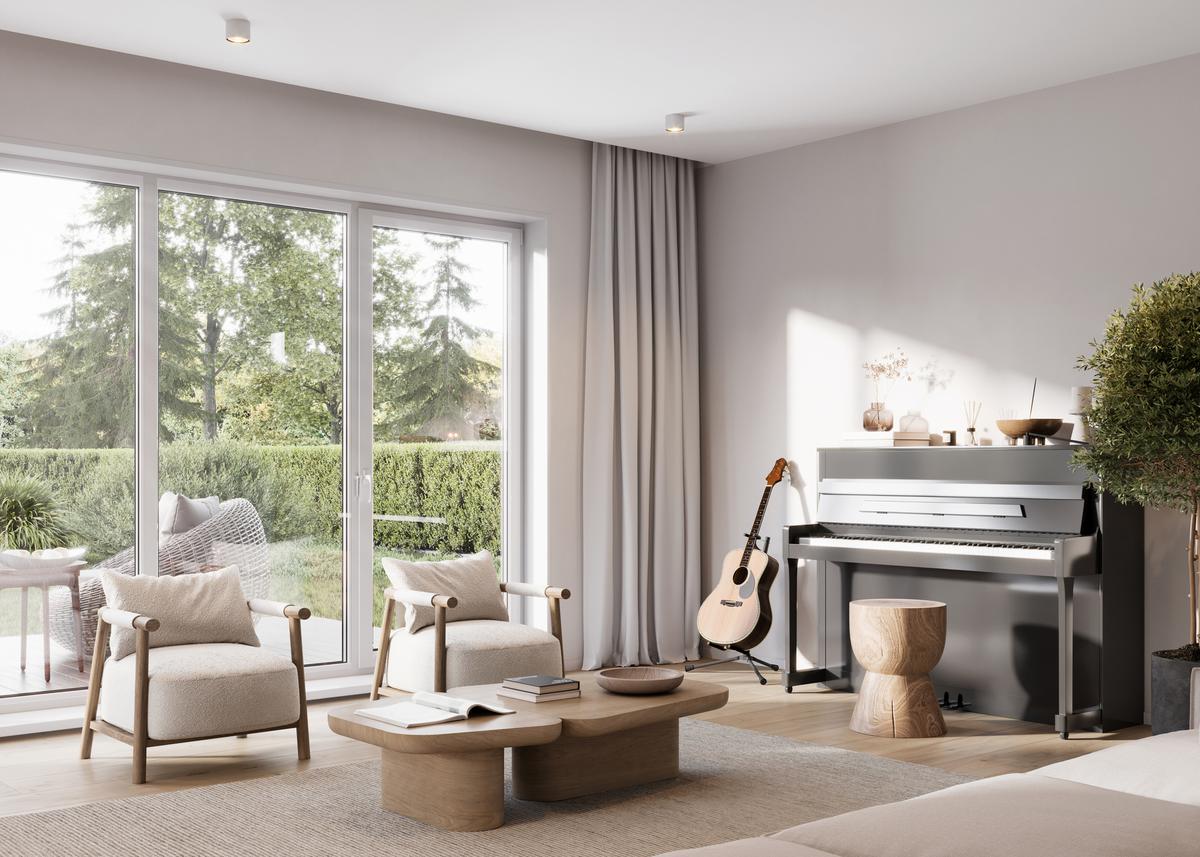
“If your home permits, frame views of the outdoors with large picture windows uninterrupted by grilles or sashes. Make sure to optimise the use of natural light by having proper windows and installing skylights in bathroom, hallway, or even kitchen (if possible),” Sagar says. “If not, add paintings/large photographs of nature/animals to bring in nature.”
Open your windows regularly to breathe in fresh air and listen to the sounds of the rain, wind, or birdsong. Or else, draw the curtains or pull up the blinds to let in daylight and offer a sight of the outdoors.
Dry orange slices for potpourri

1. Preheat the oven to 175°C.
2. Place thin orange/lemon slices in a single layer on a tray lined with butter paper.
3. Bake for 1-2 hours, turning the slices over halfway through the cooking time (till they appear translucent, not burnt).
4. Remove the tray from the oven and let sit on the counter for 6-8 hours to finish drying.


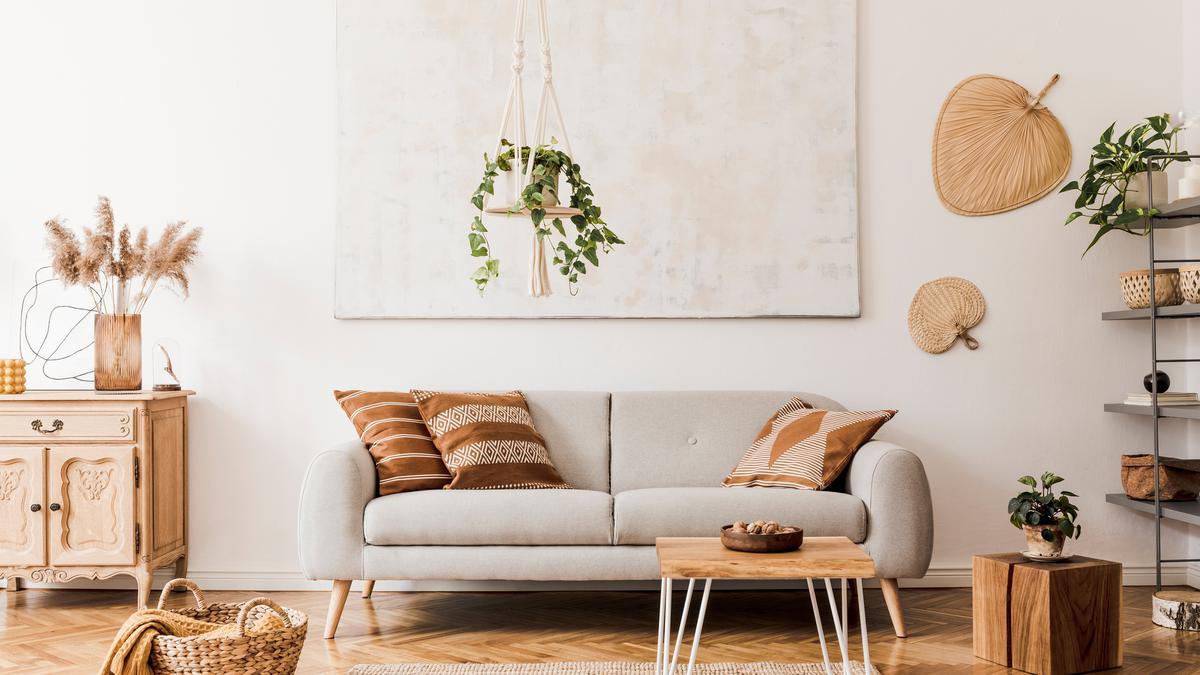

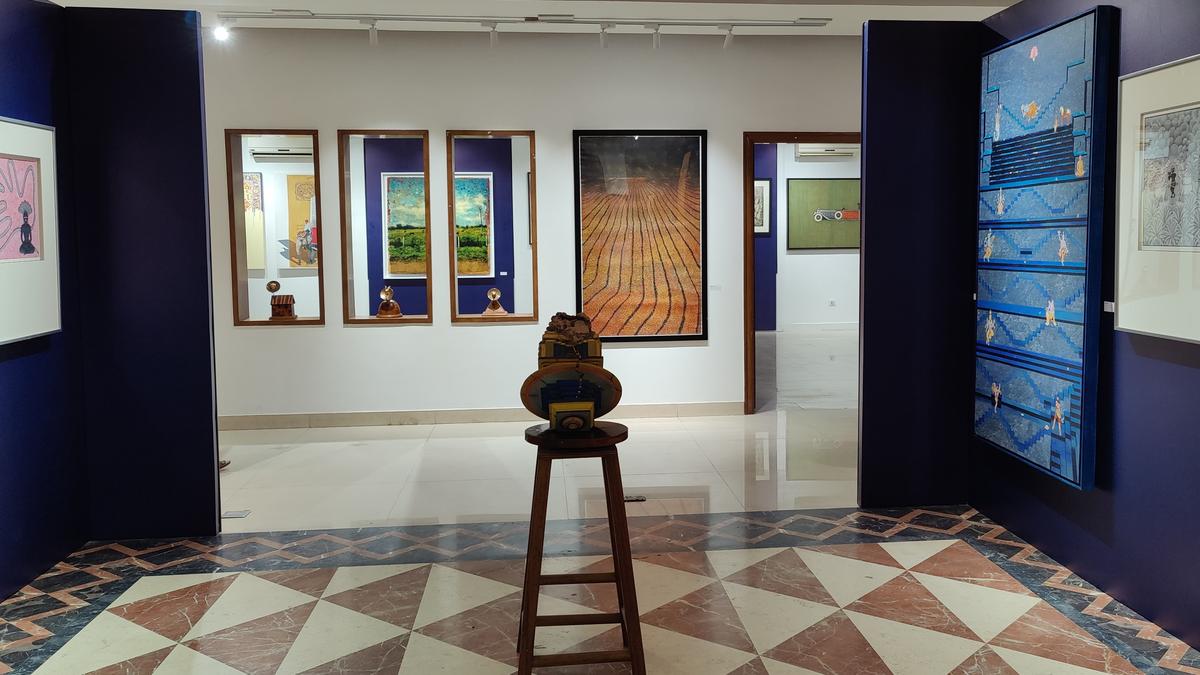.jpg)

